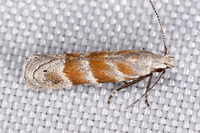
| Recorded by: Marilyn Westphal on 2025-10-15
Henderson Co.
Comment: | 
| Recorded by: David George, Jeff Niznik, Rob Van Epps, Kevin Metcalf on 2025-07-20
Richmond Co.
Comment: |

| Recorded by: David George, Patrick Coin on 2025-06-29
Moore Co.
Comment: | 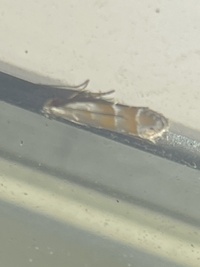
| Recorded by: Larry Chen, Sarah Toner on 2025-06-25
Dare Co.
Comment: |
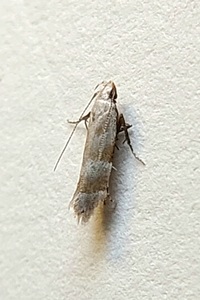
| Recorded by: Mark Basinger on 2025-05-22
Wilson Co.
Comment: | 
| Recorded by: Mark Basinger on 2025-05-17
Wilson Co.
Comment: |
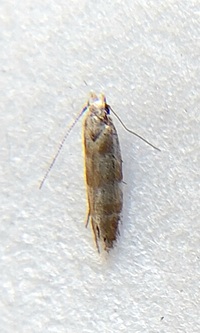
| Recorded by: Mark Basinger on 2025-05-17
Wilson Co.
Comment: | 
| Recorded by: David George, Jeff Niznik, Jim Petranka, John Petranka, Becky Elkin on 2025-05-09
Cumberland Co.
Comment: |
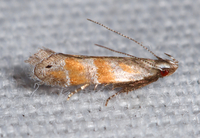
| Recorded by: Jim Petranka, John Petranka and Becky Elkin on 2025-05-08
Harnett Co.
Comment: | 
| Recorded by: David George, Bonnie Eamick on 2025-04-25
Wake Co.
Comment: |

| Recorded by: John Petranka, Jim Petranka and Becky Elkin on 2025-04-14
Bladen Co.
Comment: | 
| Recorded by: Mark Shields on 2025-04-04
Onslow Co.
Comment: |
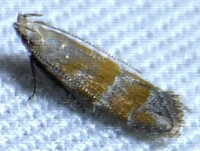
| Recorded by: Dean Furbish on 2024-09-23
Wake Co.
Comment: | 
| Recorded by: John Petranka on 2024-09-04
Orange Co.
Comment: |

| Recorded by: Stephen Dunn on 2024-07-30
Orange Co.
Comment: | 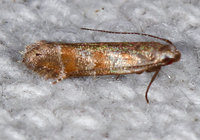
| Recorded by: Jim Petranka on 2024-06-20
Madison Co.
Comment: |

| Recorded by: Jim Petranka on 2024-06-17
Madison Co.
Comment: | 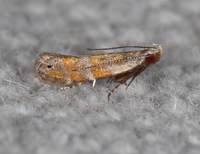
| Recorded by: Jim Petranka on 2024-06-15
Madison Co.
Comment: |

| Recorded by: Jeff Niznik on 2024-06-15
Scotland Co.
Comment: | 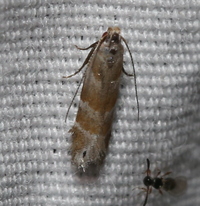
| Recorded by: David George on 2024-06-14
Durham Co.
Comment: |

| Recorded by: Jim Petranka on 2024-04-29
Madison Co.
Comment: | 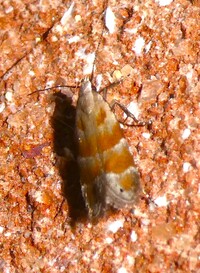
| Recorded by: Simpson Eason on 2024-04-17
Durham Co.
Comment: |
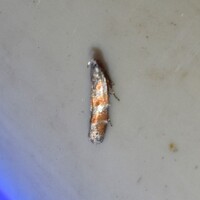
| Recorded by: David George, Jeff Niznik, Rich Teper on 2024-04-17
New Hanover Co.
Comment: | 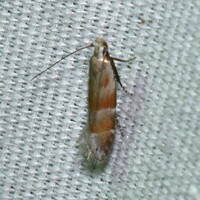
| Recorded by: David George, Jeff Niznik, Rich Teper on 2024-04-17
New Hanover Co.
Comment: |
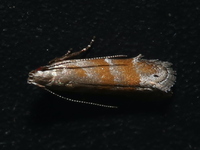
| Recorded by: David George, Jeff Niznik, Rich Teper on 2024-04-16
New Hanover Co.
Comment: | 
| Recorded by: David George, Jeff Niznik, Rich Teper on 2024-04-16
New Hanover Co.
Comment: |
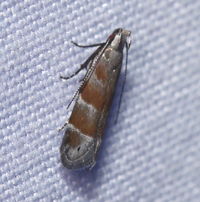
| Recorded by: David George, Jeff Niznik, Rich Teper on 2024-04-16
New Hanover Co.
Comment: | 
| Recorded by: Chuck Smith on 2023-08-16
Davidson Co.
Comment: |

| Recorded by: Jeff Niznik, Stephen Dunn on 2023-07-26
Chatham Co.
Comment: | 
| Recorded by: Jim Petranka on 2023-06-21
Madison Co.
Comment: |
|

 »
»

